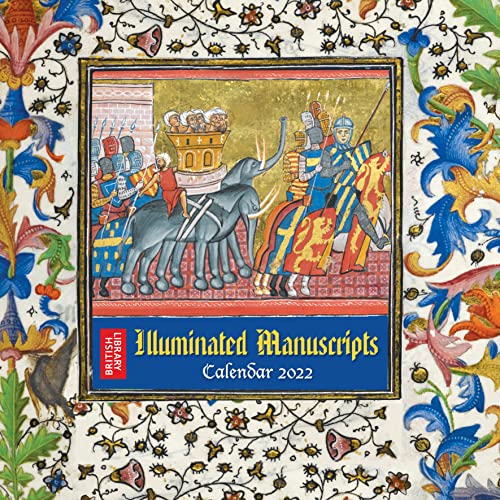
According to Helmi Sharawi, "these economic activities were the foundation of Arab production modes for ten centuries and gave rise to the image of 'Master Arab merchant' who dominated the Abyssinian or Negro slave". : 106 These encounters likewise provided hubs for human trafficking.

By the ninth century, with North Africa now part of the Caliphate, contact with West Africa was also underway via coastal routes. Once Arab armies had conquered Egypt in 639-41, they also neighboured the Nubian, Christian kingdom of Dongola, which would remain independent into the thirteenth century, and also had ready access to Greek geographical scholarship, which would remain profoundly influential in Arab conceptions of Africa throughout the Middle Ages. : 100 Arab influence on the African coast near the Horn of Africa led to a number of African polities becoming Muslim, such as the Sultanate of Dawaro, Fatagar, Hadiya Sultanate and Bale Province, Ethiopia this region was referred to around 1400 by the geographer Al-Maqrīzī as al-ṭirāz al-islamī ("the Muslim Fringe"). Relations with Aksum focused not on war but on trading, particularly as part of the Indian Ocean slave trade. : 114–17 Islamic Middle Ages Īs Aksumite power declined and military challenges to Arabs' power came increasingly from the Roman Empire and Persia, Arab political relationships with sub-Saharan Africa shifted.
#Zanj medieval manuscripts skin
This poetry attests to the abuse these poets received for their Black skin and/or parentage, : 101–3 as does Arabic poetry which expresses abuse of this kind from the early Islamic period. 608), Khafāf ibn Nudba al-Sulakhī, and Sulayk bin al-Sulaka, all born to ethnic Arab fathers and enslaved Black mothers (respective Hassad, Mufuta, and Mutunda) and known as 'the crows of the Arabs'. : 104–5 The work of seven poets who can be identified as Black composed in Arabic in the pre-Islamic period is thought to have survived : 101 these poets include ʿAntarah ibn Shaddād al-Absī (d. : 97–99, 105–6 One of Muḥammad's closest companions was the emancipated slave Bilāl ibn Rabāḥ, who is reputed to have been Black. 868/869), whose Fakhr al-Sūdān wa-al-Bīḍān ('pride of Blacks over Whites') represents debate about the superiority of these races. One important echo of these ideological relationships is found in the writings of al-Jāḥiẓ (d. : 97–99 Moreover, ḥadīth attributed to Aksum a supportive role for early Muslims, which later encouraged a body of pro-Ethiopian Muslim literature. : 97–99ĭuring the pre-Islamic period, significant numbers of black people were present in the Arabian Peninsula, and the image of the Abyssinian and African as a warrior is thought to have been significant in the Arab imaginary, both because of the power and presence of Aksumite forces and Arabs' own employment of African mercenaries. Pre-Islamic relations outside of North Africa focused on the Aksumite Empire, which exerted considerable power and sometimes direct rule in the Arabian Peninsula from as early as the second century BCE to around Year of the Elephant (sometime in the 550s to 570s), when, at least according to Islamic tradition, increasingly united Arabs defeated Aksumite armies which ruled southern Arabia. In a number of Arabic dialects, the word ʿabīd ('slaves') has come to denote black Africans.

People encountered by Arab traders along the Senegal and Niger rivers were sometimes referred to by the nicknames Lamlam, Damdam or Namnam.

: 104–5 The East African coastal region corresponding to the littoral of what is currently Kenya and Tanzania was called Zanj and people from there (or imagined to be from there) were called by the same term. In pre-Islamic Arabia, Black people were referred to as ḥabashī (related to the term Abyssinian) this word's precise meaning is unclear, but it probably denoted people living under Aksumite rule and particularly people from the Horn of Africa. Many medieval Arabic texts categorise people phenotypically into three types of skin-colour: white ( al-bīḍān, 'the white ones' associated particularly with Arabs), red (associated particularly with Romans, or Europeans more generally), and black ( al-sūdān 'the black ones', associated particularly with darker complexioned Africans).


 0 kommentar(er)
0 kommentar(er)
